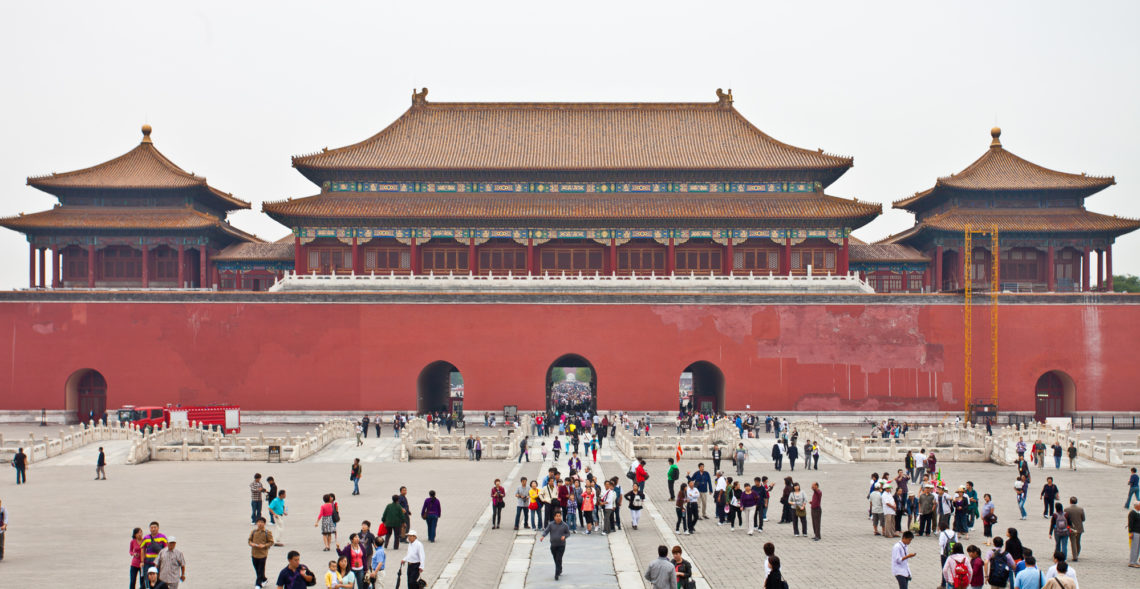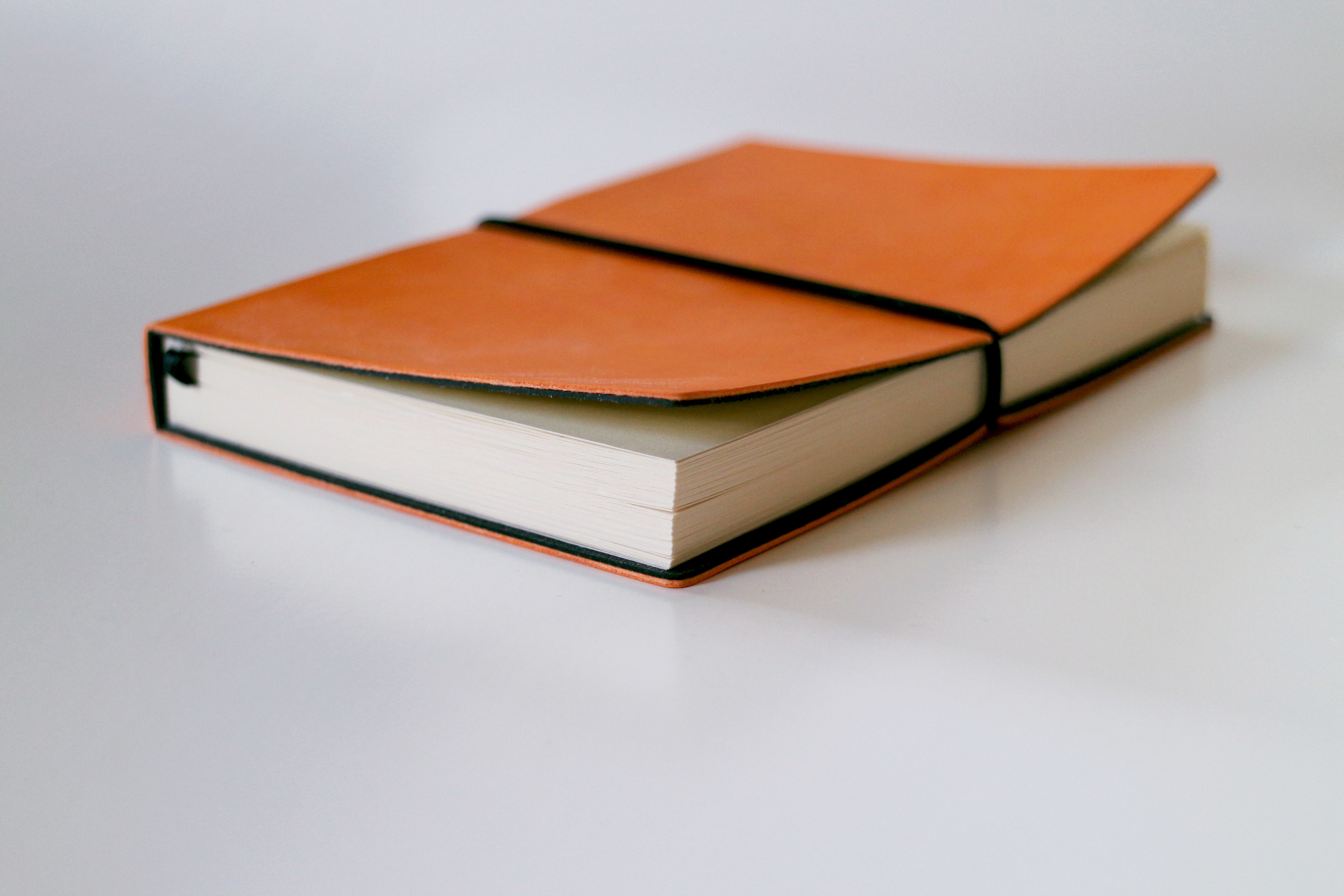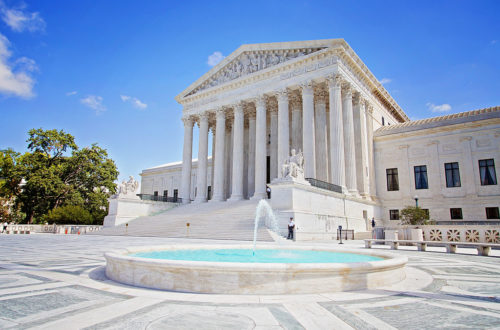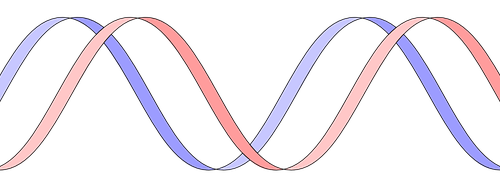The China National Intellectual Property Administration (CNIPA) is moving forward at breakneck speeds aiming to get all the necessary pieces in place for the June 1, 2021 date when the new 4th Amendment of the Patent Law will come into effect. Most recently, this means a flurry of drafts coming out from CNIPA, including, but not limited to, draft measures with the National Medical Products Administration (NMPA) relating to patent linkage, draft examination guidelines, and what we’ll discuss today, draft implementation rules of the new patent law.
We are encouraged that CNIPA is engaging the public, allowing any member of the public to submit comments within a specific timeframe. We have taken a look at the proposed implementation rules and provide highlights of our initial thoughts.
In general, we find these updated rules to be pretty logical and reasonable. Many of the rules simply “codify” practices that were already being done. Other brand-new areas, such as patent term adjustment and patent term extension, seem to be modeled off of existing systems in other jurisdictions around the world (e.g., the US), and as a whole seem reasonable to us. We have raised a few concerns which we hope the CNIPA will address before they issue the finalized draft rules.
Below are just a few highlights that we thought would be interesting to share.
Patent Term Compensation
One of the biggest and most exciting provisions in the newly amended patent law is patent term extension for delay caused by the patent office (PTA) or by the drug regulatory approval process (PTE). For the sake of easy understanding, we shall use the equivalent US acronyms to differentiate the two different types of “compensation.”
We discuss this in much more detail in a separate post. Below we provide a very basic summary of the key points:
Patent Term Adjustment due to Patent Prosecution Delay
If a patent does not issue within 3 years from the request for examination and 4 years from filing, applicants will receive compensation for any unreasonable delays that were not caused by the applicant. Examples of applicant’s unreasonable delay include not timely responding to a CNIPA official notice or requesting deferred examination. The amount of compensation is calculated based on the number of days, and applicants can request for PTA starting three months from the grant publication date.
Patent Term Extension due to Regulatory Delay
Applicants who are applying for marketing approval of a drug can also apply for patent term extension (PTE) for time lost due to delays arising from the regulatory approval process.
PTE applies to patents protecting pharmaceutical chemical compositions, biological products, and traditional Chinese medicines (TCM). The language is a bit unclear, but it seems to imply that processes of preparation and medical uses (for all three of the above) are also included.
China will allow up to 5 years of PTE, provided that the patent term does not go beyond 14 years after drug approval.
Applicants may only request PTE for one patent as it applies to one drug, and this must be done within three months from the date of marketing approval (more generous than the 60 days in the US). Furthermore, the scope of the extended patent only reaches to that scope which covers the marketed approved product and its indications. The patent must have never received PTE before. Finally, at the time of filing the extension request, the remaining natural term on the patent must be greater than 6 months. Once a decision regarding PTE is made, it will be registered and publicly announced.
How to Calculate the Compensation Time
The formula for calculating extension time is quite straightforward and is shown below. There is a 5-year maximum limit on extension, with a maximum of 14-year enforceable patent term post market approval. To see examples and more analysis, head over to this post.
PTE (years) = [Marketing Approval Date] – [Patent Filing Date] – 5 years
Challenging a Decision to Grant PTE
Any individual or unit (“Other Party”) who disagrees with the PTE may request the State Council to declare the PTE invalid, and the State Council will rule according to the information provided as part of the request. If the patentee disagrees with the outcome of the State Council’s validity decision, the patentee may sue the People’s Court within three months of receiving the notice. At that time the People’s Court would notify the Other Party to participate in the proceeding as a third party.
Claiming Priority
We are encouraged by China “relaxing” its stance on priority[1] and incorporation by reference[2] (though we still wish they would go further). In the draft implementation rules[3], CNIPA has now clarified that a design patent can claim priority from a Utility Model (UM) or Invention patent. We suggest also clarifying that UM/Invention patent applications can claim priority from a Design application provided that there is sufficiency of disclosure.
If applicants fail to claim proper priority at the time of filing, they can restore the claiming of priority within 4 months from the filing date or within 16 months from the priority date, consistent with international WIPO standards.[4]
Adding Back Missing Content
Even better, the new rules allow applicants to add back missing content in the application, provided the “missing” content was in the original priority document. Applicants can add back this missing content by way of incorporation by reference within 2 months from filing and keep the original filing date. This “missing content” can enjoy the earliest priority date of the original priority document provided it was added within the 2-month window.
However, we also note that the recent Examination Guidelines stipulate that for PCT national phase entry application, any matter added back into the specification during the PCT stage will be considered new matter and result in a newly “rectified” filing date that is pushed back to the date at which the new matter was added.
We consider “new matter” that was present in the priority document to be similar to the “missing content” described in the implementation rules. Accordingly, we see two different standards depending on whether an application is a Paris Convention application or a PCT national phase entry application. Unfortunately, this double standard seems to disfavor foreign applications, who usually enter China via national phase entry.
We plan to submit comments asking CNIPA to adjust the Examination Guidelines to be in harmony with the new Implementation Rules. We would like them to use the same standard, thus allowing national phase entry applicants to also enjoy the ability to preserve the original filing date for “missing content” added back into the specification.
Security Clearance
The requirement for security clearance can rear its ugly head at the most inopportune times for global companies that are not careful. Sometimes, in the haste of having to file quickly, companies don’t do the proper diligence to determine where the invention was made, who made it, and what citizenship, residency, nationality, corporate registration domiciles are involved . . . all of which may require the need to obtain security clearance before filing.
China is strict in that for an invention made in China, if an applicant fails to obtain proper security clearance first before filing for a patent in a foreign jurisdiction, that applicant forever forfeits the ability to obtain an enforceable patent in China for that invention.
In these latest rules, failure to request security clearance before filing in a foreign country is explicitly laid out as a ground for rejection[5] and invalidation[6].
Deferring Examination
The new rules provide the option of deferred examination for both invention and design applications. Applicants may want to defer examination for a number of reasons, such as budget limitations, the need to align with business timelines, or the desire to see how prosecution goes in another jurisdiction first.
Interestingly, as discussed above, deferring examination is considered an “unreasonable delay by the applicant” for the purposes of patent term compensation. Accordingly, applicants pursuing patent applications that cover potential pharmaceutical products should consider the potential “cost” that deferred examination could have on potential “patent term adjustment”.
Evaluation Report to Support Stability of Patent
Applicants can request Patent Evaluation Reports for design and Utility Model patents at grant fee payment. The reports will typically be issued within two months of the request. Such reports are normally a prerequisite for further legal actions.
New Grounds of Rejection at Re-Exam
CNIPA can now bring new rejections at the Re-examination stage and during Invalidation[7]. We strongly disagree. CNIPA should at least clarify under what situations CNIPA can bring these new types of rejections, what types of new rejections are allowed, or at least what kind of opportunity the applicant will have to respond to it. Otherwise, applicants are put in a very vulnerable position without adequate time to prepare for these unexpected grounds of rejections.
Concluding Thoughts
In general, the implementation rules make sense. The patent term extension provisions are surely welcomed, and many of the new administrative changes (not covered in this article) harmonize Chinese practice with global standards. However, the draft rules still raise a lot of questions. We certainly need clarification on whether processes for preparing chemical and biological products can be extended. How will PTA and PTE work together? We are quite concerned about the potential of new grounds of rejection that can be brought up at re-examination and invalidation.
There’s no doubt that things are moving at lightning speed. When we first wrote the article about the new Chinese Patent Law, we guessed that the Implementation Rules and the Examination Guidelines would come out in early to mid-2021. Here we are, less than two months later, and both of them have come out. We think that we are far from being done, and CNIPA will likely issue many more revised versions of the rules and the guidelines before the 1 June 2021 date when the new law goes into effect.
We are watching the new changes very closely and continue to monitor updates in order to provide the latest, most updated advice and strategies for all of our clients. We are also actively providing feedback and comments to CNIPA whenever we see unclear rules or issues that we think are disadvantageous to our clients, especially to foreign clients.
In general, though, we are thrilled that China is finally implementing these provisions, which is a huge win for pharmaceutical and biotech companies. We hope that this, together with many of the other sweeping changes to China’s Patent Law, will encourage more and more companies to consider China as a bigger part of their global patent filing strategy.
This article is for general informational purposes only and should not be considered legal advice or a legal opinion on a specific set of facts.
About the Authors

Jennifer Che, J.D. is Vice President and Principal at Eagle IP, a Boutique Patent Firm with offices in Hong Kong, Shenzhen, and Macau.

Yolanda Wang is a Principal, Chinese Patent Attorney, and Chinese Patent Litigator at Eagle IP, a Boutique Patent Firm with offices in Hong Kong, Shenzhen, and Macau.
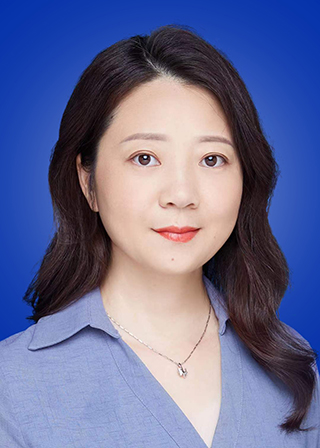
Sally Yu is a Chinese Patent Attorney at Eagle IP, a Boutique Patent Firm with offices in Hong Kong, Shenzhen, and Macau.
